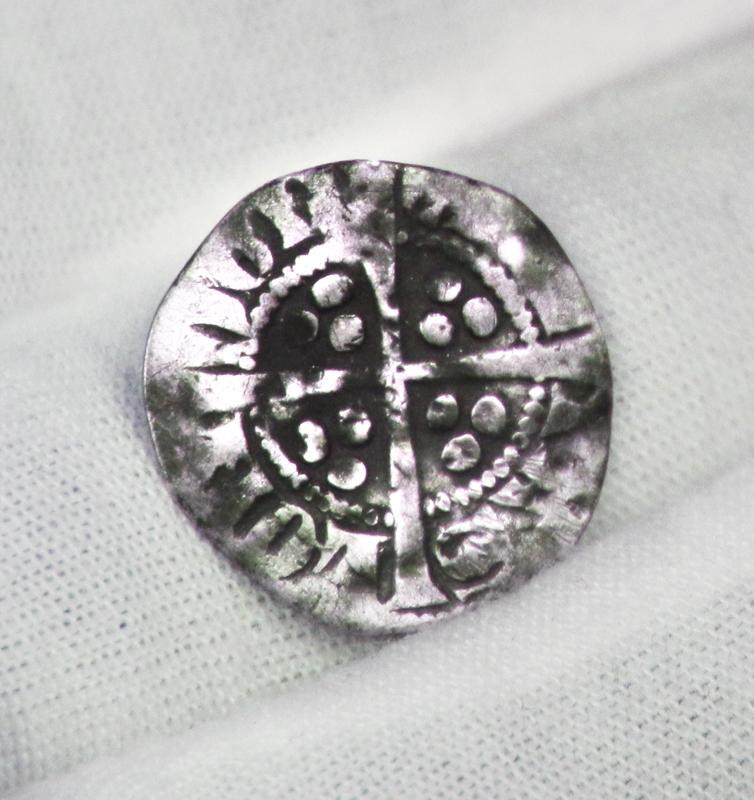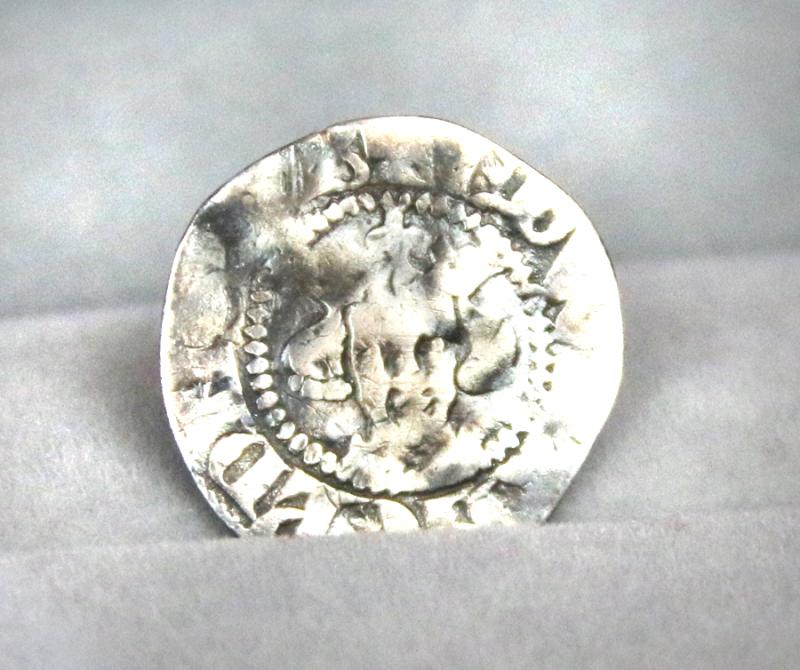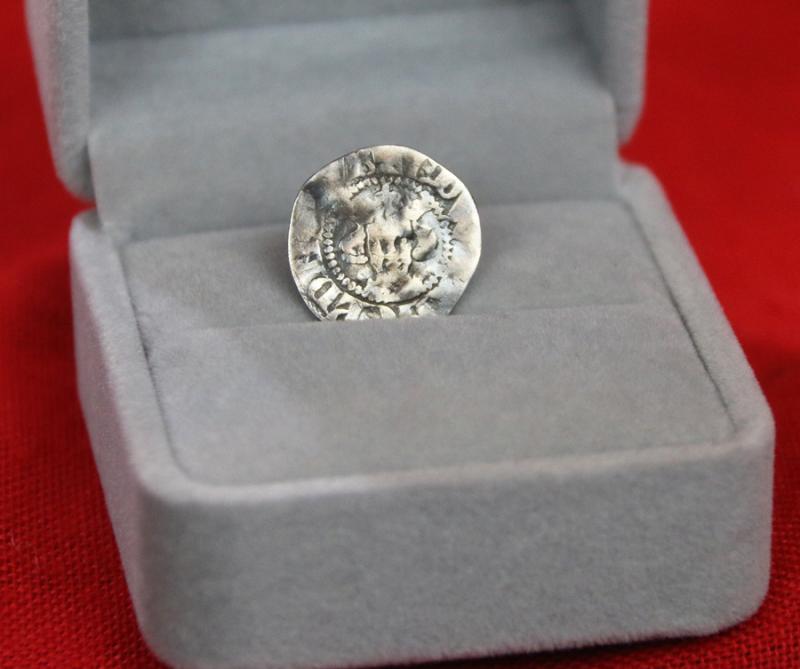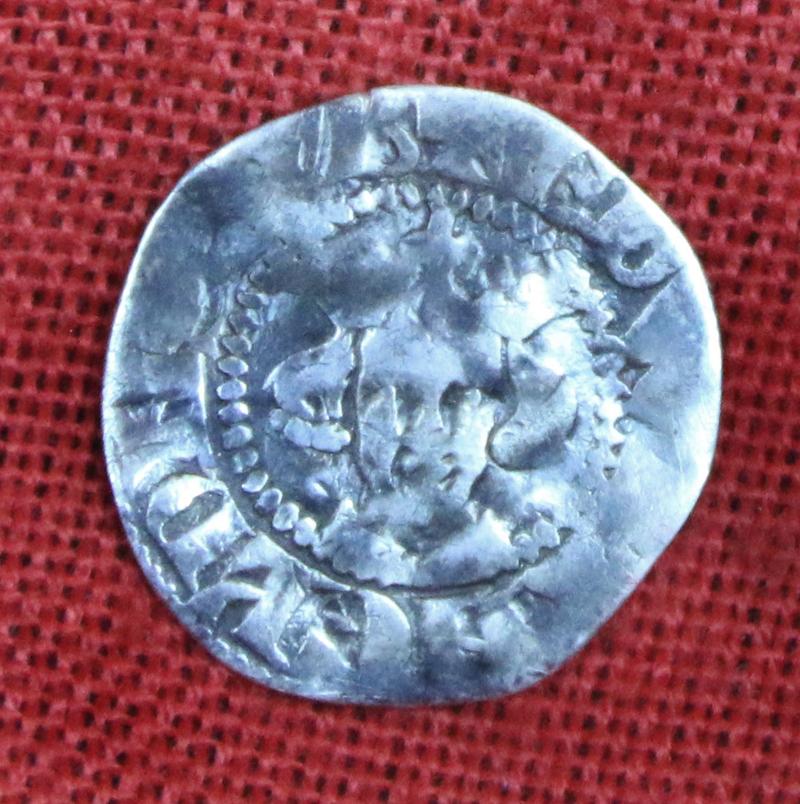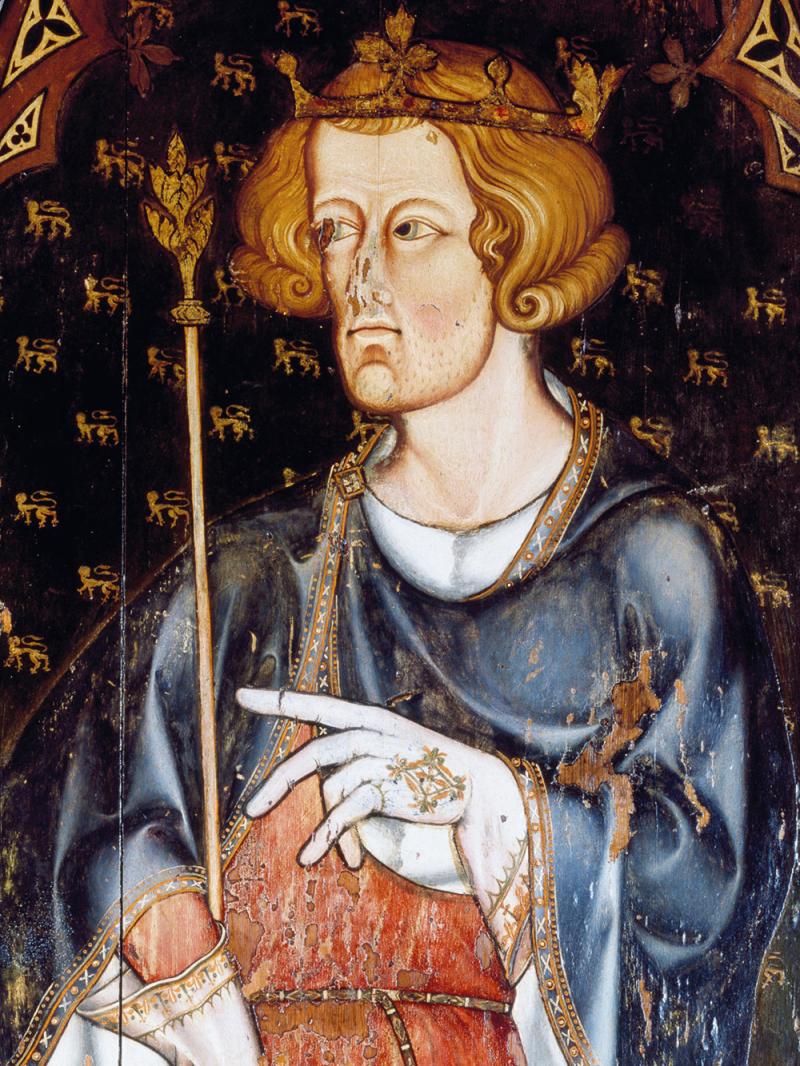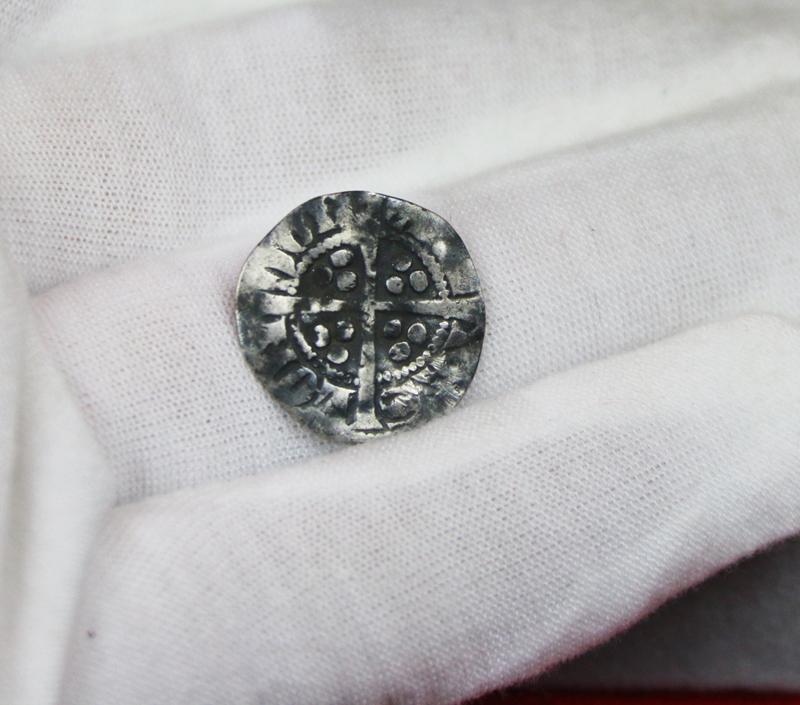Hammered Silver Penny of Edward I of England, Also Known as Edward Longshanks, 1272-1307, London Mint. Son Of Henry IIIrd Who Was Captured With His Father at the Battle of Lewes.
As eldest son and heir of King Henry IIIrd he was captured along with his father by the Baron’s of Simon de Montfort at Lewes and held hostage, but eventually escaped and subsequently defeated de Montfort at the Battle of Evesham. He later became king while returning home from the 9th Crusade.
This Silver Penny features a Crowned Bust of Edward I on the obverse and a Long Cross on the reverse.
Struck and used at the time of Sir William Wallace and King Robert the Bruce.
In the reign of King Edward I, the largest coin struck for regular usage was the Silver Penny. It was of such high quality silver that many were exported, melted down and then lower grade counterfeits or Sterlings were issued. This was of course illegal and the penalty was death. You have a facing portrait of the King on one side and a cross on the other side. This cross made it easy to make change cut it in half and it became a Halfpenny, cut it into quarters and it becomes a Farthing. Edward was both good and bad, a very tall man he was known as Long Shanks. He established Parliament as a permanent institution, while treating the Scottish people very brutally and kicking the Jews out of England, after taking all their money and property. This Silver Penny was the largest coin struck for regular usage and it would purchase a notable quantity of goods at the time.
When Edward I came to the English throne he was away in the Holy Land commanding the army of Christendom against the Saracens. Famous for his feats in hunting, falconry and jousting, he was the epitome of a medieval King.
Edward was a conciliatory Monarch, matched in a perfect marriage to his Spanish Queen, Eleanor of Castille. These silver pennies are examples of medieval commerce, surviving for over 700 years. Many of these rare coins were struck at provincial mints. Many have different reverses but generally, they are called long cross pennies. The long cross was a modern day attempt of preventing fraud and was introduced to prevent clipping of the coins which did work to a certain degree.
Edward had a reputation for a fierce temper, and he could be intimidating; one story tells of how the Dean of St Paul's, wishing to confront Edward over the high level of taxation in 1295, fell down and died once he was in the King's presence. When Edward of Caernarfon demanded an earldom for his favourite Gaveston, the King erupted in anger and supposedly tore out handfuls of his son's hair.Some of his contemporaries considered Edward frightening, particularly in his early days. The Song of Lewes in 1264 described him as a leopard, an animal regarded as particularly powerful and unpredictable.
Despite these frightening character traits, however, Edward's contemporaries considered him an able, even an ideal, king. Though not loved by his subjects, he was feared and respected. He met contemporary expectations of kingship in his role as an able, determined soldier and in his embodiment of shared chivalric ideals. In religious observance he also fulfilled the expectations of his age: he attended chapel regularly and gave alms generously.
Edward took a keen interest in the stories of King Arthur, which were highly popular in Europe during his reign. In 1278 he visited Glastonbury Abbey to open what was then believed to be the tomb of Arthur and Guinevere, recovering "Arthur's crown" from Llewellyn after the conquest of North Wales, while, as noted above, his new castles drew upon the Arthurian myths in their design and location. He held "Round Table" events in 1284 and 1302, involving tournaments and feasting, and chroniclers compared him and the events at his court to Arthur. In some cases Edward appears to have used his interest in the Arthurian myths to serve his own political interests, including legitimising his rule in Wales and discrediting the Welsh belief that Arthur might return as their political saviour.
18mm across.1.1 gm approx.
Code: 24221

